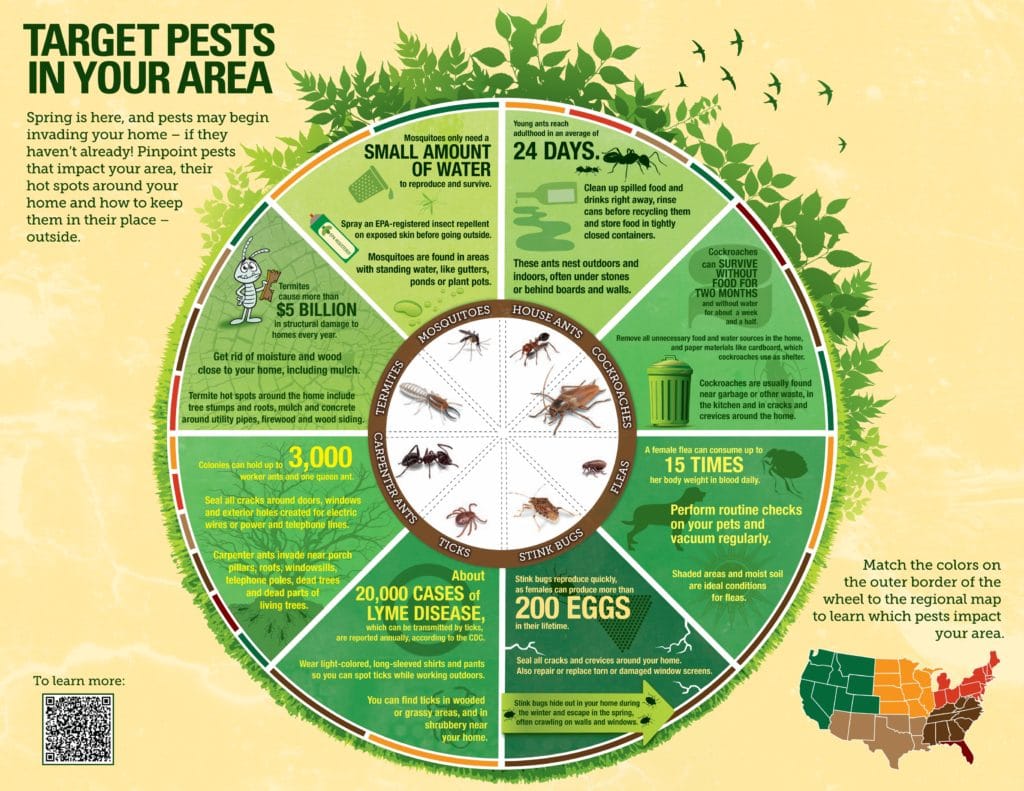Managing Rodent Infestations: Insights Right Into Rodent Psychology
Managing Rodent Infestations: Insights Right Into Rodent Psychology
Blog Article
Material By-Lorenzen Thorsen
When it pertains to rodent control, understanding common rodent behavior is crucial to successfully managing invasions. Did you know that rodents have some interesting nesting routines that might surprise you? By discovering their elaborate actions, you can obtain beneficial insights into just how to tackle rodent issues in a much more tactical and reliable way. So, allow's decipher the secrets behind these animals' activities and learn exactly how to outsmart them in your rodent control efforts.
Rat Nesting Habits
When observing rodents in their all-natural habitat, you'll see that they proactively seek products to construct their nests. Rats, such as computer mice and rats, are resourceful creatures that utilize a selection of things like twigs, leaves, paper, and textile to build their homes. They're precise in their nest-building procedure, frequently lining their nests with softer materials like fur or feathers to develop a comfortable setting.
Rodents prefer to develop their nests in covert and safe areas to protect themselves and their young from predators. Typical nesting areas include wall surface cavities, attic rooms, cellars, and also within insulation materials. By constructing their nests in these private areas, rats can safely raise their children far from prospective threats.
https://docs.google.com/spreadsheets/d/1gu4ByGtghIofBNRz8YP_5WGzjsVBEXShijWYIWhrXN0/edit?usp=drive_link is vital to understand the nesting practices of rodents when executing control actions. By disrupting their nests or getting rid of materials, you can discourage rats from establishing an existence in your home or residential property. Correct sanitation and sealing access factors are also critical steps in protecting against rodent infestations.
Rodent Feeding Patterns
After observing rats' nesting practices, it ends up being apparent that their feeding patterns play a critical role in their day-to-days live and actions. Rats, including mice and rats, are opportunistic feeders, meaning they'll eat whatever food resource is easily offered. They're largely nighttime animals, favoring to forage for food throughout the cover of evening to prevent killers.
Rodents have a varied diet plan, ranging from grains, seeds, fruits, and veggies to pests, nuts, and even little animals. go here in their food selections allows them to thrive in numerous atmospheres, including urban locations where human food sources are abundant.
Their feeding patterns aren't only driven by appetite however also by the requirement to stockpile food for times of deficiency. This habits is particularly obvious in preparation for winter months or when nesting. Rats are understood to hoard food in their nests or burrows, making sure a consistent food supply. Understanding their feeding patterns is vital in applying reliable rodent control actions to interrupt their food resources and avoid problems.
Rodent Movement and Traveling
Rats browse their environments with dexterity and stealth, using their eager detects to relocate quickly through their environments. These creatures are proficient mountain climbers, able to range wall surfaces and vertical surface areas easily. They can also squeeze with surprisingly tiny openings, making it crucial to seal off any type of possible entrance points in your house.
When https://docs.google.com/spreadsheets/d/1vyaVynYiVofYShEVoaIbmKKiI0yDBLt8GblnKwGm1Wg/edit#gid=947798814 concerns traveling, rats have a tendency to follow acquainted courses, developing trails along walls or skirting the sides of rooms. They're creatures of habit, often adhering to these developed routes as they forage for food or explore their environments.
Rodents are recognized for their nighttime habits, so you might hear them hurrying about in the evening as they search for food and water. Their activities are quick and unpredictable, enabling them to dart in and out of view in the blink of an eye.
Understanding exactly how rodents relocate and take a trip can aid you identify prospective problem locations in your house and take positive actions to avoid these pests from getting a grip.
Conclusion
As you work to regulate rodents in your house, keep in mind that understanding their behavior is vital. By identifying their nesting habits, feeding patterns, and movement, you can effectively prevent invasions.
Together, by taking positive actions to remove food resources and seal off entrance points, you can interrupt their acquainted courses and compel them to seek out brand-new locations, eventually decreasing the chance of rodent visibility in your space.
